COMMUNITY UPLIFTMENT
A mountain bike race like the great KAP sani2c can raise a village and rural education
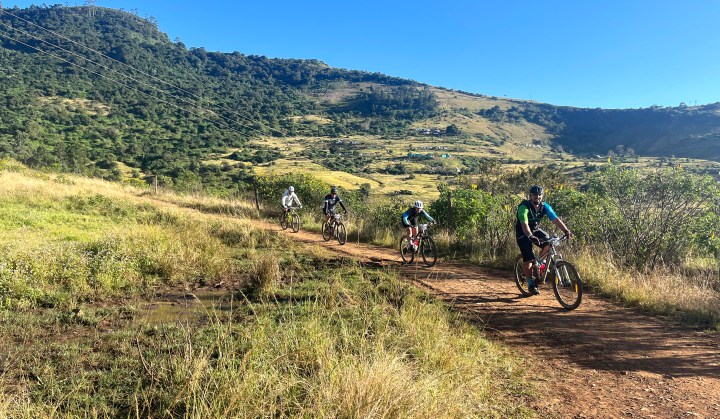
How do you move 1,000 people on 1,000 bikes across 260km from the Drakensberg to the Indian Ocean – without using tarred roads? How do you feed them, keep them safe and clean … and raise millions for education and community development? Farmer Glen Haw and his team have perfected the formula. Mark Heywood got on his bike to experience for himself the KAP sani2c three-day mountain bike race.
The facts
The KAP sani2c is a three-day mountain bike race that takes place annually in KwaZulu-Natal between Underberg and Scottburgh. Actually, it’s two races that start on consecutive days and run concurrently: the Adventure and then the race itself. It attracts elite champions, such as this year’s winners, Marco Joubert and Wessel Botha (men’s), and Kim le Court and Robyn de Groot (women’s), and then amateurs like me.
The KAP sani2c follows a 263km trail, much of it on specially created and unique offroad single track, giving riders a chance to get up close and personal with SA’s mountains, rural villages, indigenous forests, plantations and people. Each night you camp with your fellow riders in a specially created village, where you are well fed and watered. You start at the mountains near Sani Pass; you end at the sea!
The people
KAP sani2C was started in 2005 by farmer Glen Haw (or “Farmer Glen” as he is popularly known and likes to be called) as a way to raise funds for Lynford School, which his young children attended at the time. He’s an unusual combination of characters: a fourth-generation dairy farmer, a community activist and a proper mountain biker.
When I sat down with Farmer Glen on the eve of this year’s sani2c, he stressed that it is this combination of experience that has made for the race’s phenomenal success: it’s become one of the biggest stage races in the world.
He believes that “the route is king”: without a top-class route, his race would not draw the cream of the crop of the SA and international mountain bike community to its starting line year after year. But once he had built a great route, he also had the opportunity to turn the race to the advantage of community upliftment.
This is why one of the race’s two main purposes is described as being “to create employment and other commercial opportunities, and develop skills by collaborating with local organisations and previously unemployed residents on the route. By providing services to the event, they generate income for themselves and their causes. In addition, our partnerships, and the media coverage the race attracts, not only highlight the natural beauty of the area … but they also draw attention to important sustainability issues in the area.”
The formula
Almost everything that is needed to make the race work is supplied by local people. Local farms supply the meat and veg; local schools cook and serve the meals; local people build and maintain the route; local people provide marshals as well as cleaning and security services.
On this basis, according to Farmer Glen, in 2022 the KAP sani2c will “pay back R12-million to local suppliers. It’s not charity, it’s about giving people dignity, opportunity, skills and experience.”
Philani Ngcobo is one of the local people who have benefited from the race. Ngcobo hails from the nearby Masameni village. Since 2013, he has worked on Farmer Glen’s farm as a general labourer. Today, he plays a leading role as a team leader of 15 to 20 people involved in route-building.
Ngcobo explains to me how his role in the race was a “big step” that has given him dignity and material wellbeing. His job is important because every inch of the 263km is inspected, flattened, raked and blown; bridges are built over rivers and dongas; new paths are cut through bush. This year’s floods, which occurred just a month before the race, destroyed parts of the trail and washed away all the bridges. But Ngcobo rallied his team and rebuilt everything.
Farmer Glen elaborates: “The route was in great shape – and then the deluge of more than 300mm fell. As the waters receded, our motivated teams were back at it, rebuilding bridges, moving rocks and landslides and clearing debris from the floods. This experience, although devastating, has been enriching in so many ways. It is these calamities that pull people together and create memories that will live with us forever.”
He points out that making the routes perfect is not just for the benefit of the race: the paths and river bridges to schools, shops and work continue to be used long after the last rider has disappeared.
Advancing rural education
One particular focus of the race is on providing funding to schools situated along the route.
I visited two of them and whizzed past another.
Caron Garret is a parent and treasurer of the school governing body at Underberg Primary School. Her team of parents and teachers dishes up 1,000 meals at the start of the race. She explained that the government funds only 4% to 5% of the school’s budget, but the race raises an additional R650,000 a year, which goes towards capital improvements, fee assistance and library books.
“We don’t spend it all,” says the prudent treasurer. As a result, with funds raised from past years, the school was able to subsidise the fees of all 200 children for five months during the Covid-19 hard lockdown in 2020, when many parents lost incomes.
At the other end of the race, the parents of Scottburgh Primary School organise a shuttle service and drive bikers’ cars from Underberg to be ready for collection three days later in Scottburgh, in return for a fee of nearly R1,000.
An indispensable and seamless service, I should add.
Day two ends in Stuartsville, Hluthankungu location, at the Kings Harvest Academy, a school whose grounds and buildings were bought by the KAP sani2c Community Development Trust (made up of Farmer Glen, a community rep, a lawyer and an accountant).
“The race owns the school,” jokes the farmer. Rodney Stuart, its principal, agrees, but points out that the school has “the right to develop the land in any way that is linked to providing education”.
On day two, I did a second interview with Farmer Glen at 5.50am. I asked how it was possible for “a man to be in two races at the same time (literally)”. He laughed. “By using the race helicopter to juggle between the two races.” When I asked him what drove him, he waxed about the “dignity” of the community, pride, passion and succession.
The route
Day 1: Underberg to Mackenzie’s Farm, 86km
The lilting voice of sports commentator Gerald de Kock will be familiar to many people older than 40 in South Africa. De Kock is an accomplished mountain bike rider and he knows bike lingo and bike people.
So, to hear his voice almost before the birds start their dawn chorus on each race day is home from home for many riders.
As we set off, an early morning mist lifts to reveal the glory of the Berg and the Mokhotlong escarpment – a fine backdrop (if you dare look back) for your first 15km.
Few riders know what it takes Philani Ngcobo and others to make and maintain a trail like this. According to the organisers, it adds up to 6,000 person days each year.
Day 1 carries you along district farm roads, flowing through forests and hugging contour lines. The vast plantations you cross help you understand the scale of human demand for wood and paper (and question our patterns of consumption).
For me, the day’s highlight is riding through the misty indigenous Xumeni Forest. Xumeni offers a welcome contrast to the thirsty, sucking pine and wattle plantations.
Several hours after the race leaders, I rolled into the Mackenzie Club, now a village of 500-plus tents and a lot of satisfied riders.
Day 2: Mackenzie Club to Jolivet Farm, 96km
Day 2 becomes a bit of a blur. It’s like a feast where you eat so diversely you can’t remember the different plates. It’s also a hard day of pedalling, as you ascend nearly 2,000m.
Basically, it’s an awe-inspiring plunge down the Umkomaas Valley on a track little more than a metre wide and with a big drop on your left. Lose concentration, take your eyes off the road and you’ll find yourself in flight. But even with your eye on the road, there’s a danger you may crash into a dozy cow, as one leading rider did.
From the valley top, I could see a recalcitrant cloud lodged in the valley bottom, the wind playing games with it as the sun nibbled away at its edges, dissecting and evaporating it. For the fast riders, it was encountered as a thick mist. By the time I got to the bottom it was just lethargic wisps.
Halfway down, Msayana Primary School clings to the edge and its children cheer you as you pass.
Before long, pine plantations give way to indigenous bush. The Umkomaas Valley leads to the Ixopo Valley, with a river running through it. You follow a long path along the river’s edge, crossing it 14 times over 14 bridges that Farmer Glen says were washed away three times in this year’s floods. That evening he salutes the little kids helping to carry poles and planks who, with their parents, were determined to reopen the route to school and to the race.
For serious mountain bike riders, the highlight of the day is a 3km climb back out of the valley, known as Iconic. The two champions of this year’s Cape Town Cycle Tour were the fastest riders up Iconic.
To give you a sense of its gradient, it took the fastest man 19 minutes. Me? It took a lot of pushing, panting and about an hour.
After Iconic, it’s all downhill (unfortunately, not literally) to Jolivet Farm, the race village where that night riders sleep exhausted in rows of tents erected underneath the macadamia trees.
Day 3: Jolivet Farm to Scottburgh Golf Club, 83km
Day 3 is your rude introduction to kilometres and kilometres of sugarcane fields and the tunnels the route makes to barrel between them. Thankfully, here and there the land returns to its natural indigenous state.
With about 30km left, you get your first glimpse of the sea. But getting there is easier seen than done: you still have to weave a route between the last land masses.
Your head may say “done”, but the route through the Vernon Crookes Nature Reserve is one of the most beautiful parts of the trail: your bike feels like a toboggan as you steer it down through a dense indigenous forest, bright flowers mixed into a hundred shades of green, twisted vines and tree stumps waiting to trip you.
It’s nature as it once was, unblemished.
Paradoxically, with the end getting near, my regret is that the race is over too fast. As you hurtle down hills you are struck by the totality of the beauty and the experience, but it’s hard to stop – someone will crash into you from behind – or to divert your eyes from the track for even a few seconds, as you’ll do yourself a serious injury.
And then suddenly “civilisation” returns.
Poor people’s homes appear perched precariously on the hillsides; children line the path begging for “chocolate”; a beautiful river carries the poison of upstream pollution seawards, disgorging human detritus on to its banks after the recent storms; there’s the violent roar of motor traffic as you brush up against the N2.
After 20 hours of riding, I crossed the finish line with two contending senses. First, the beauty and possibility that exist within humans when they work together with each other and with nature. The bikes, the bags, the people had all reached the sea. Money had been raised. Mission accomplished.
I bumped into Farmer Glen, wandering like Henry V on the eve of Agincourt among the riders and their families. Humble and, if you didn’t know him, inconspicuous.
But my elevated emotions and optimism were challenged by having been witness to the precariousness and unsustainability of our current ways of living. Inequality is more than a 10-letter word. It’s an existential threat. It’s a blight that pleads for chocolate. It’s the hard life of women carrying wood and water in rural areas.
In a small but significant way, the KAP sani2c offers an alternative trajectory. It embodies ubuntu, both between people and between people and land, recognising our mutual interdependence. Apart from offering a damn good ride, it could be a portal to so much more. Long may it continue! DM168
The writer acknowledges that his participation in the KAP sani2c was sponsored by the organisers. However, the only undue editorial influence he experienced came from the mountains.
This story first appeared in our weekly Daily Maverick 168 newspaper, which is available countrywide for R25.

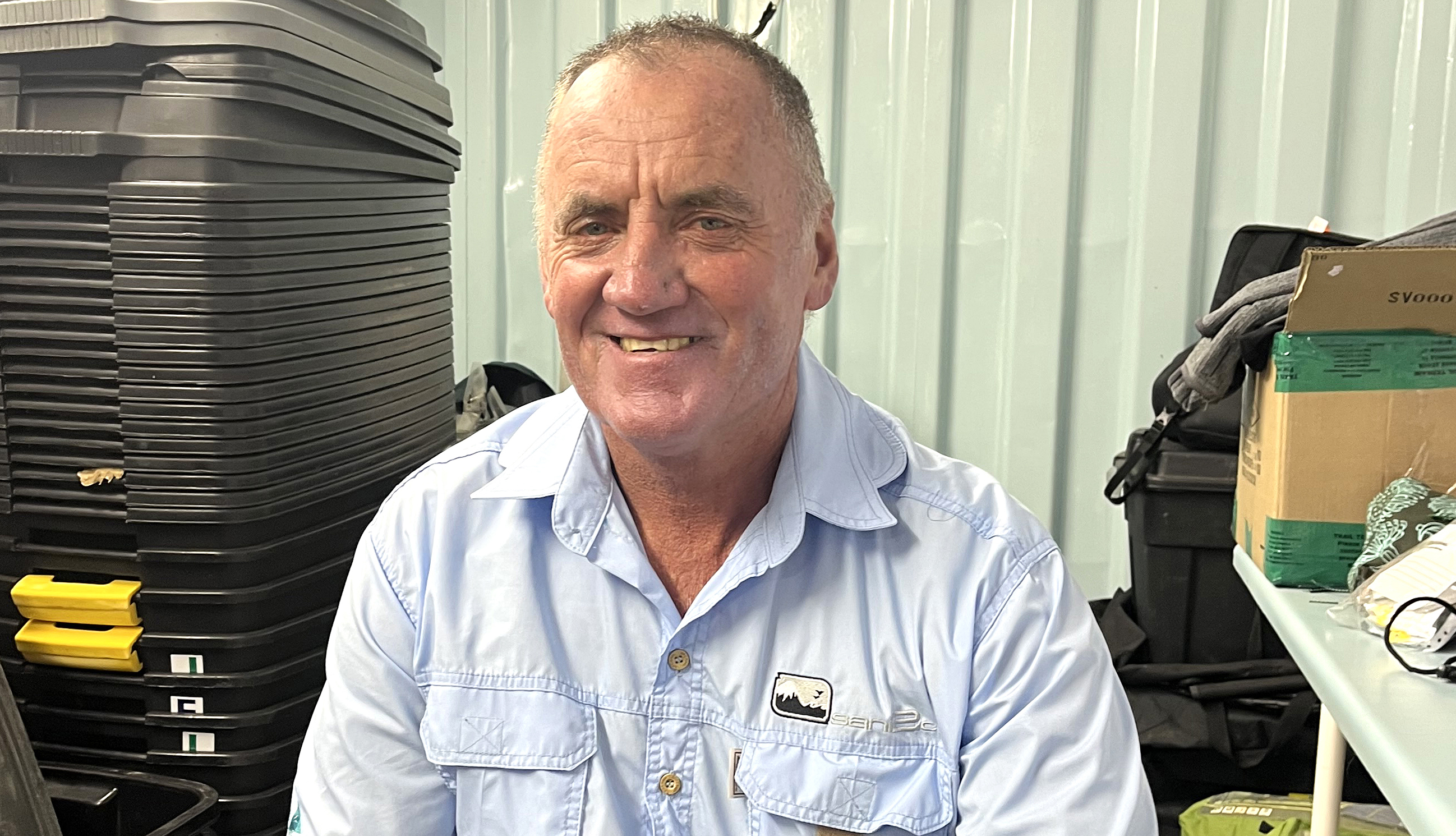

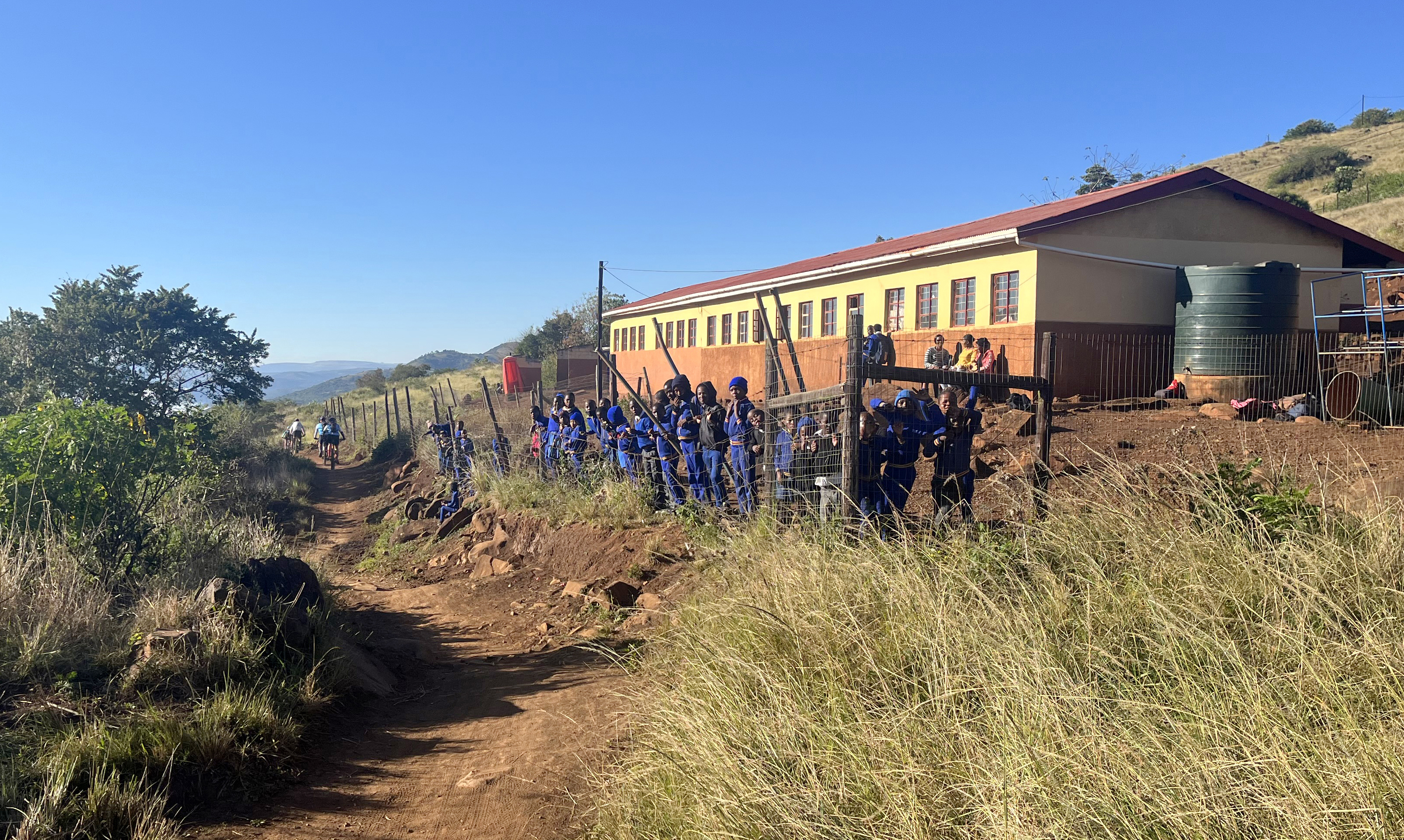
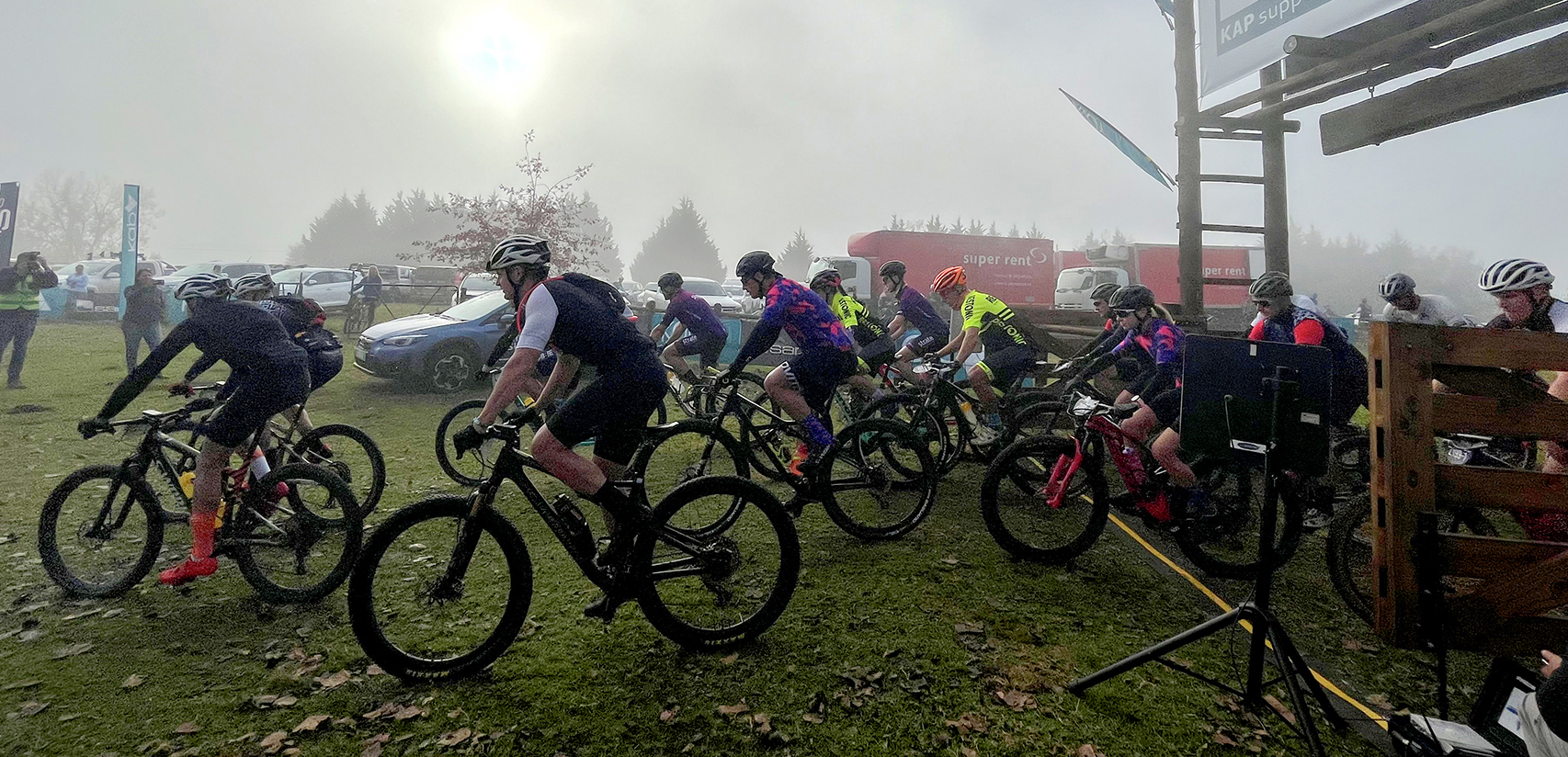
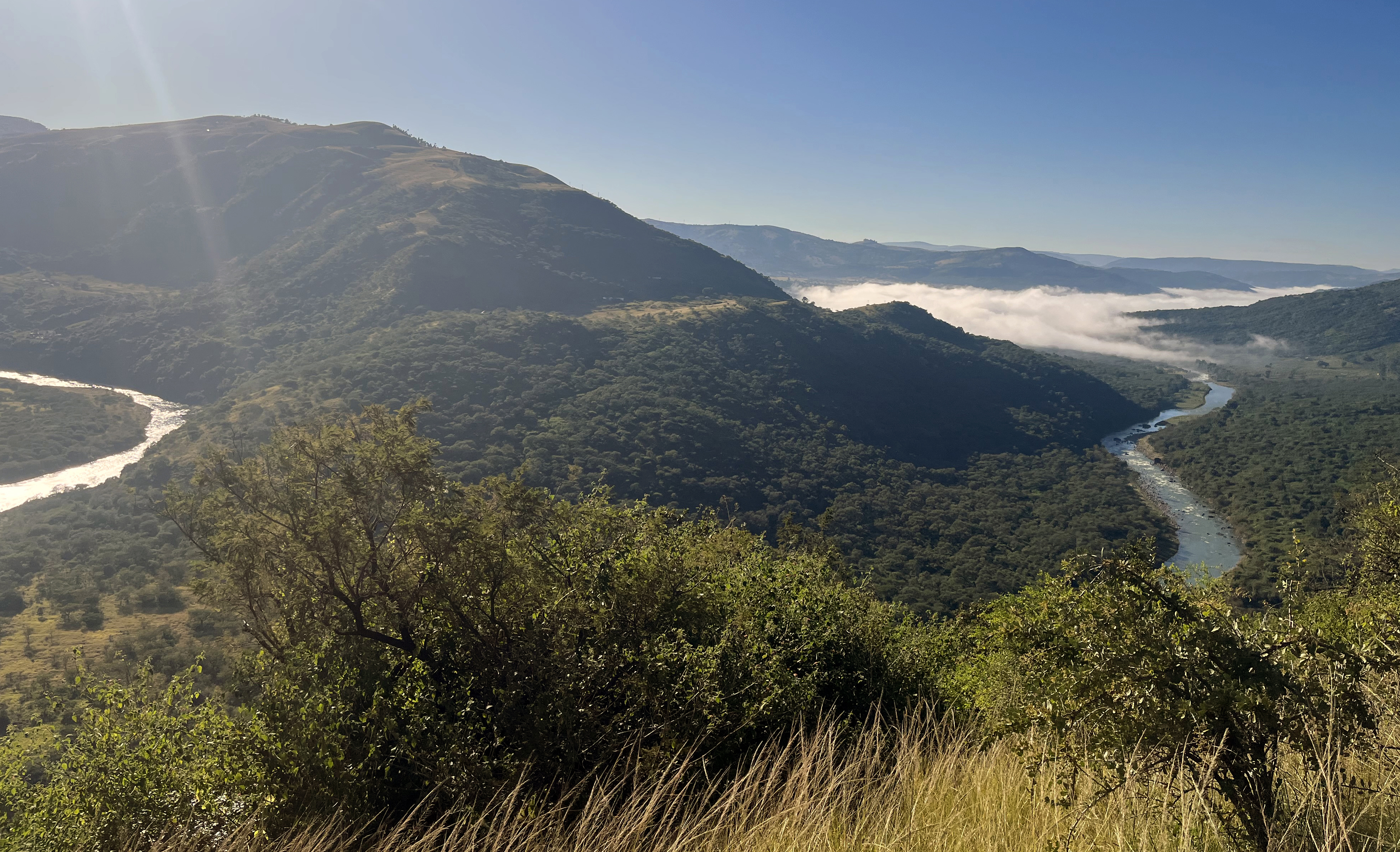
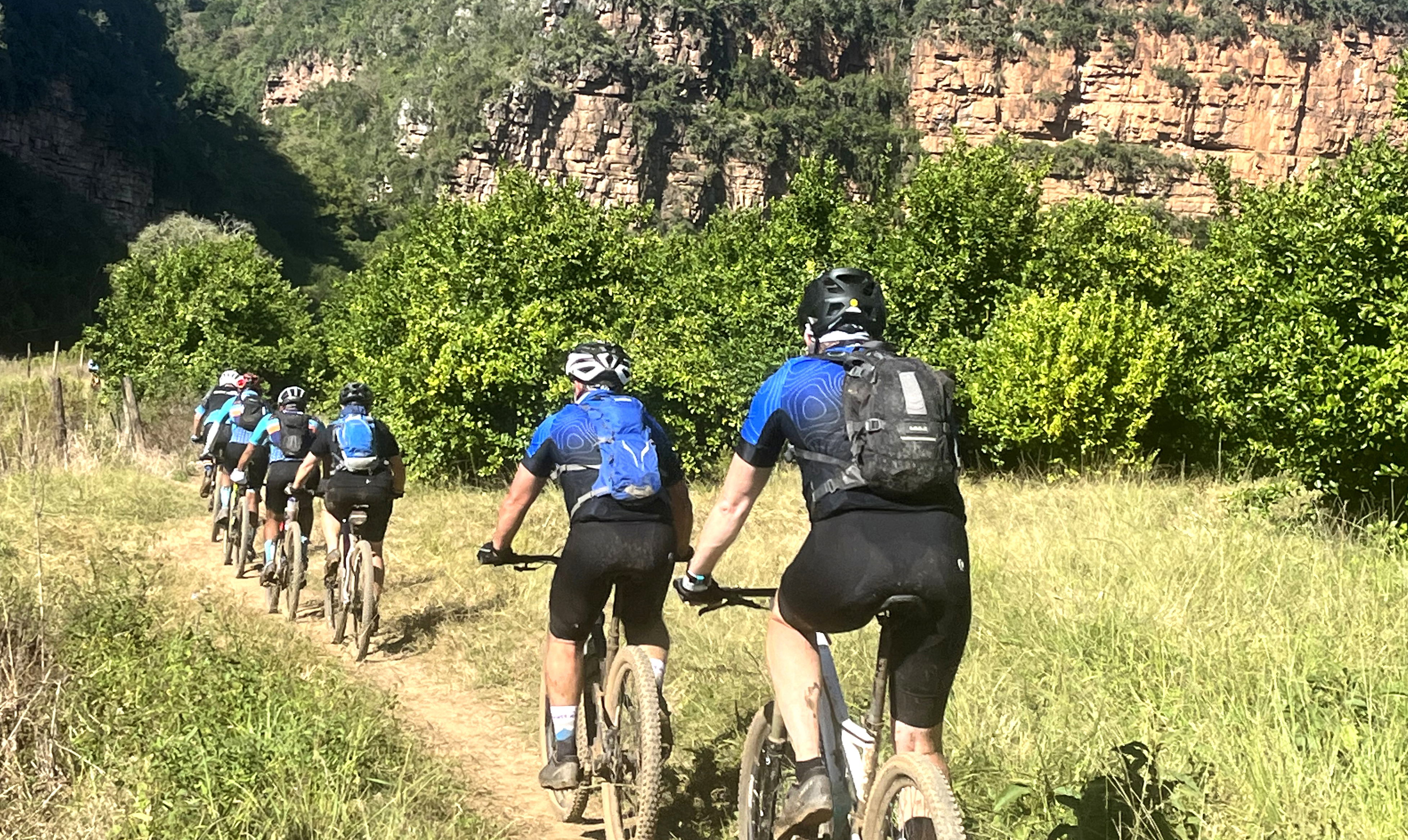
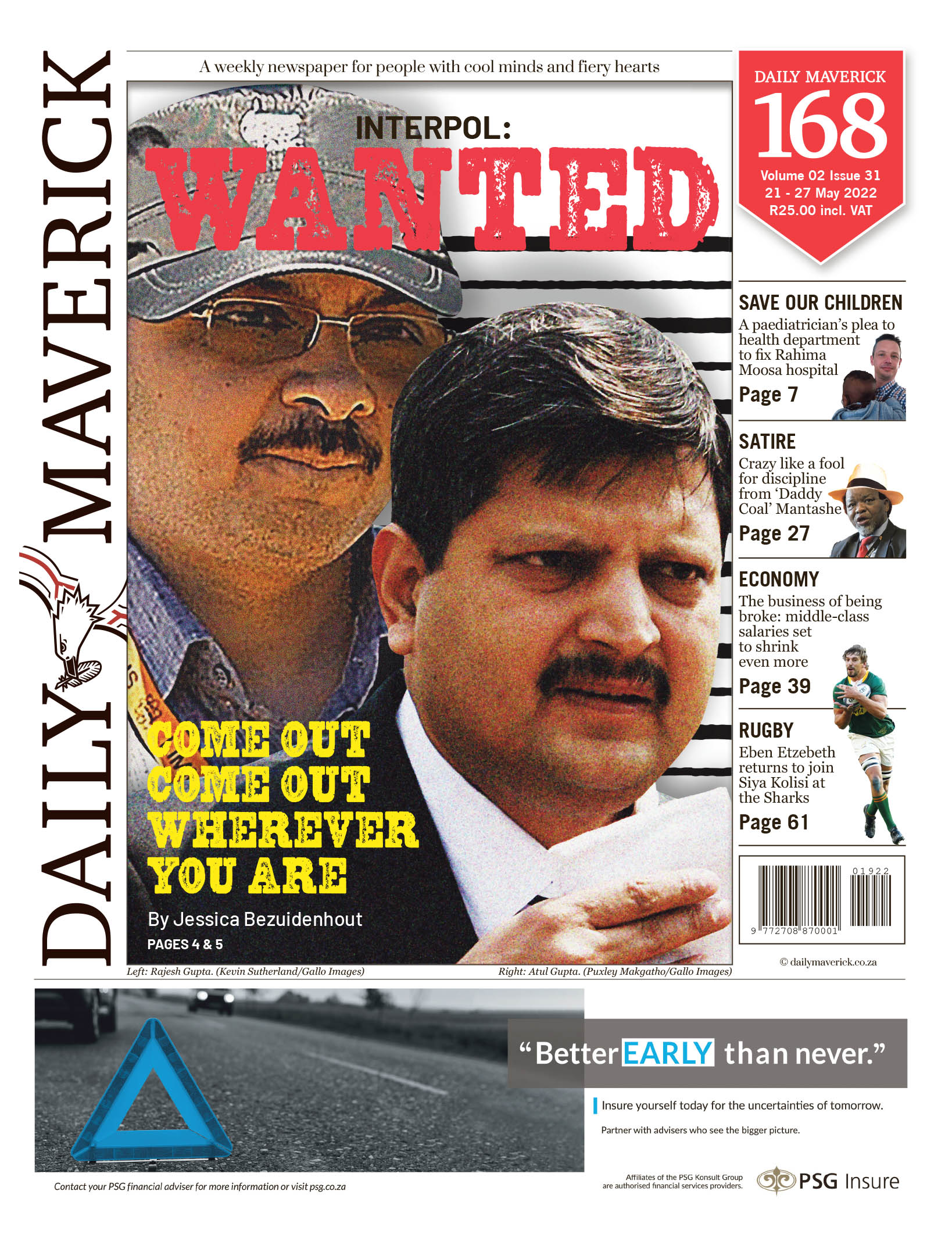







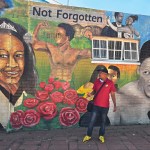











 Become an Insider
Become an Insider
The weird gets thrown around far too loosely, but Farmer Glen is a bona fide legend. The imana wild ride that he started before this in the Transkei is still going, despite not growing like sani2c